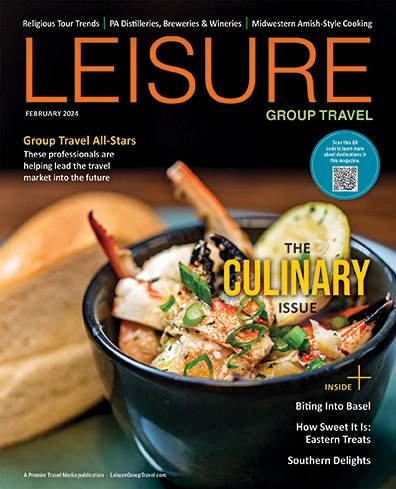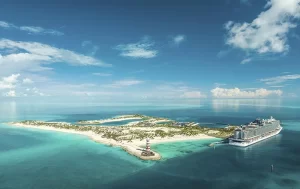If you are fortunate enough to be promoting and selling a destination or region that has earned a positive and established brand, then the power of your Location Statement is much stronger. But what do you do if you are promoting travel options in locations that are not well known? In this case, it is important to augment your location statements with details about your specific region. Your prospects may not know much about your location or, worse, they have wrong information or concerns about their safety. This is why I recommend a D/C Statement that provides concise information on your experience, what you offer and your specific region/environment.
Frequently, your prospects are seeking a vacation by destination, followed by the activities they will do while there. This article explores the power of the Location Statement which, like the other three elements of the Defining/Credibility Statement (D/C), are to be used everywhere in your marketing materials.
The Power of Location Statement
Lets look at the power your Location Statement can have in the travel trade show environment, where you have hundreds of potential consumers for your tours or destination walking up and down, row after row, seeking a great vacation. Research has proven that you have 3-5 seconds to communicate where you go (location statement) and what you have to offer (defining headline).
In a trade show environment you should position the business name to the side and below your defining/credibility statement because your prospects are looking for destination and offerings first before they look for your company name.
The Power of Search Engine Optimization
Over 97 percent of your prospects are researching their vacations online. Would not it be nice if your website showed up just when they searched for what you offer? If you do a Google search for a generic activity like river rafting, you will get 11.1 million results. If you add California to the Google search, that narrows it down to only 1.66 million results. I know you are thinking, Yeah Tim, how am I going to compete against that? Someone has to be on page #1, why not you?
Earning natural top-ranking is a long-term investment that can yield huge dividends over time. As an example, it is important that you include your specific locations, destination and environment in all your keywords of the HTML coding of your web site. This technique, called Search Engine Optimization helps the search engines more accurately index you.
Another Internet marketing strategy that you can launch in twenty minutes and is equally profitable is Google AdWords. This model enables you to target your prospects not only where they are physically located, but also display your ad when they search for your location and/or activity. Plus you only pay when they click on your ad. This is called Search Engine Marketing.
Both strategies are enormously profitable. However, they do require you be engaged in the process and learn some of the finer points before diving in. When done right, you will have enormous web traffic and lower marketing costs. For example, do a Google search for California River Rafting and you will find WhitewaterExcitement.com and California-River-Rafting.com on page #1 in both natural ranking and sponsored links.
This illustrates the power of both the location statement and search engine optimization on travel-oriented websites. The last critical part of the D/C Statement that pulls it all together and will help you convert more shoppers into buyers is secret #4, Descriptive Text which I will feature soon.
– By Tourism Tim Warren







